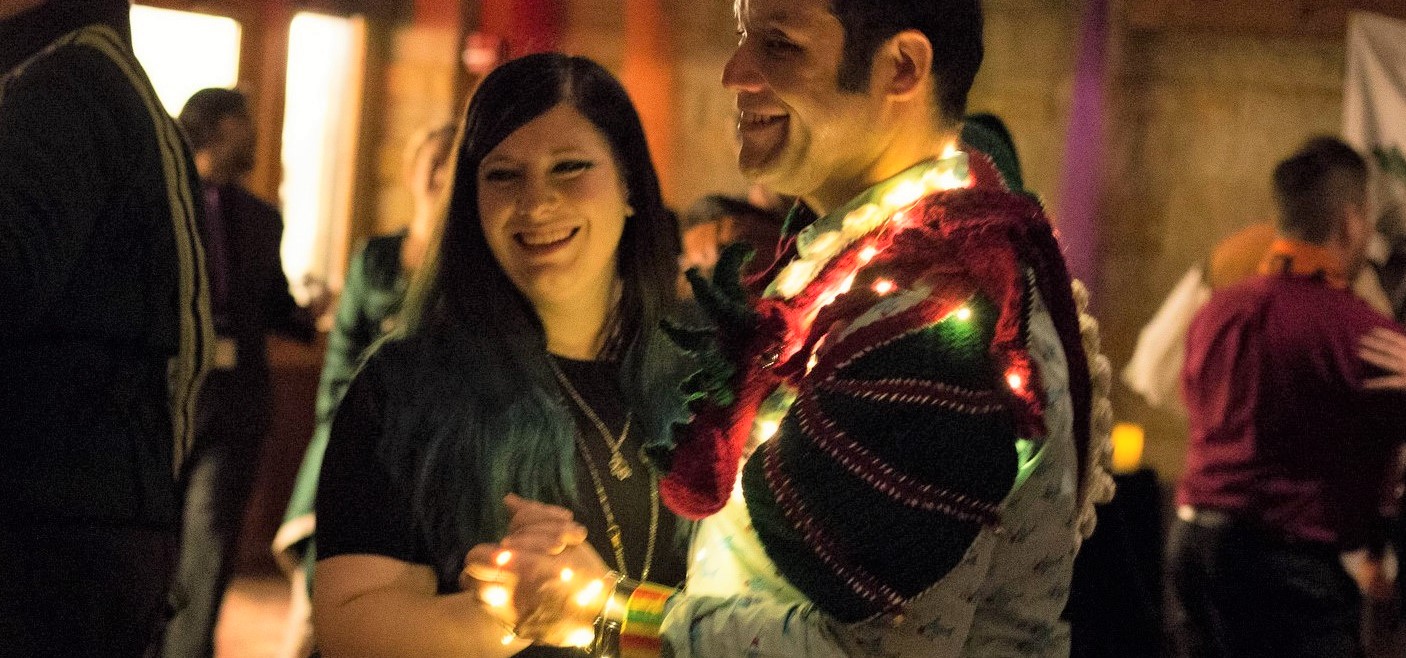Tag: New World Magischola
-

Larp Tools: Pronoun Markers and Correction Mechanics
in
In role-play, players and their characters do not always use the same pronouns. Some players use role-play to explore personal questions of gender identity, using the alibi of the character to give them a chance to try on a new identity and experience being known, seen, and referred to as that gender. Others are simply
-

Larp Counselors: An Additional Safety Net
in
This article advocates for the inclusion in certain larps of the unique role of a counselor, who is part of the safety team.
-
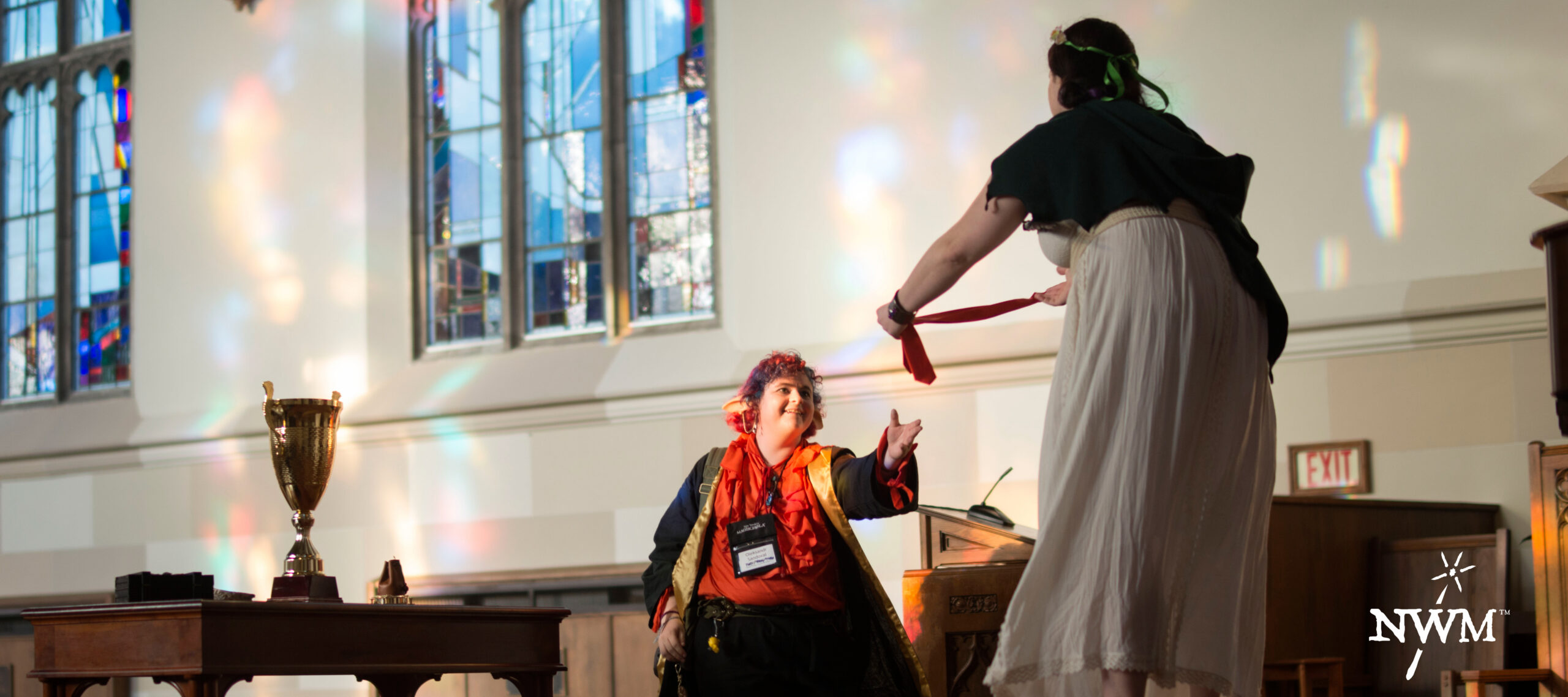
When Trends Converge – The New World Magischola Revolution
New World Magischola is an American blockbuster larp by Learn Larp LLC about students & faculty attending a wizard university in a new US magical universe.
-
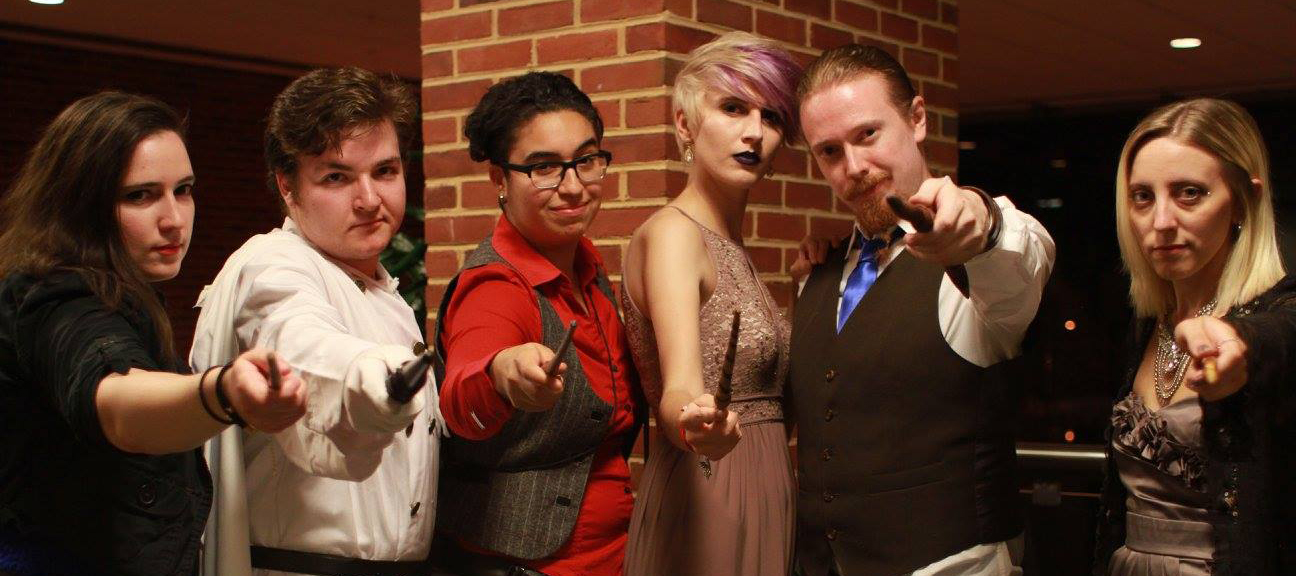
Chasing Bleed – An American Fantasy Larper at Wizard School
This article describes how I felt about my experience as someone who comes from an American campaign boffer fantasy larp background taking part in a Nordic style larp.
-
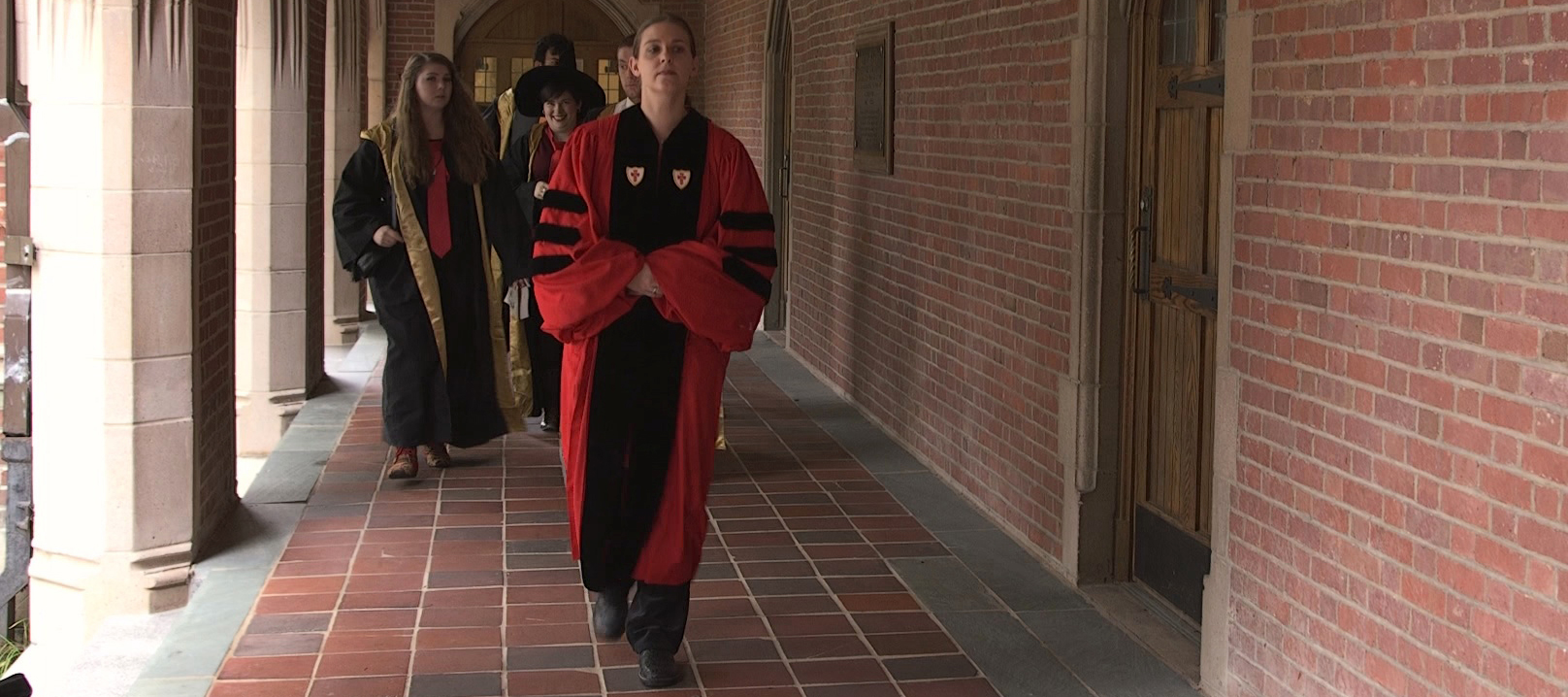
Creating Play in the Magical Classroom
in
Creating Play in the Magical Classroom is a multi-part guide to playing a teacher at the College of Wizardry and New World Magischola larps. While it was written specifically with these events in mind, it can be applied to many other larps and settings.
-
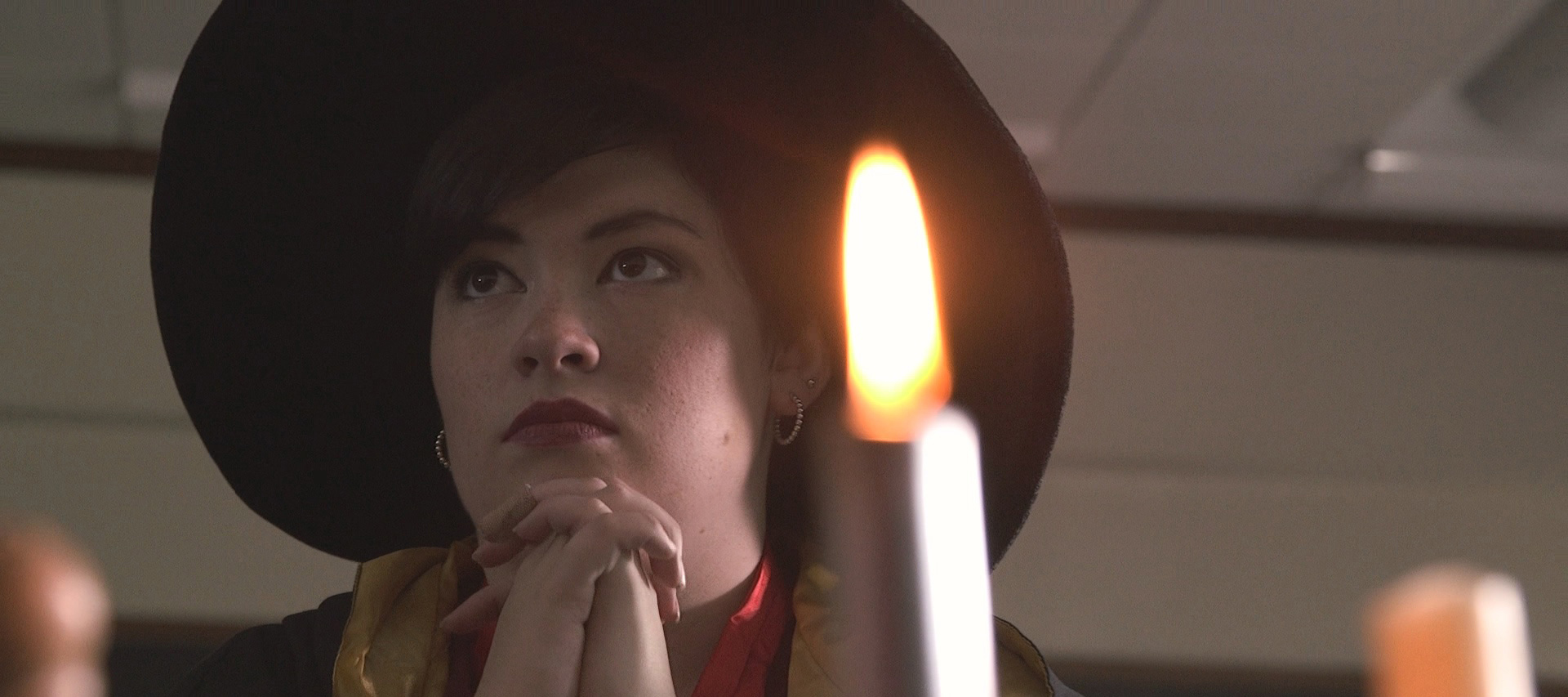
Creating Play in the Magical Classroom: Part 7
in
This final part of the series gives practical examples on how to apply the techniques and ideas explained in the previous parts.
-
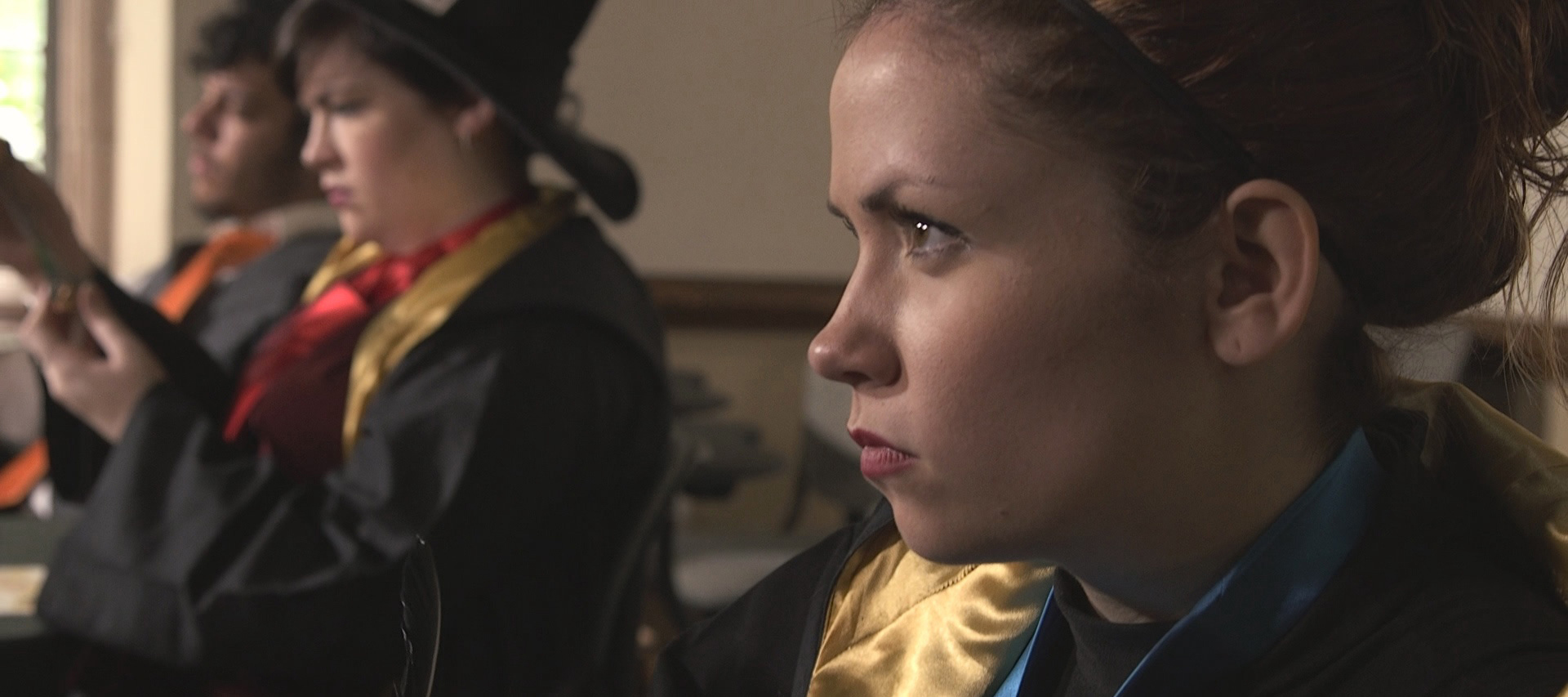
Creating Play in the Magical Classroom: Part 6
in
Most of the larp (but especially the last six hours of the game, when every remaining plot-line is culminating at the same time) will be great for students riding their respective plot trains, and an incoherent mess for anyone with some overview of the situation. (That’s people like you, because students will run up to…
-
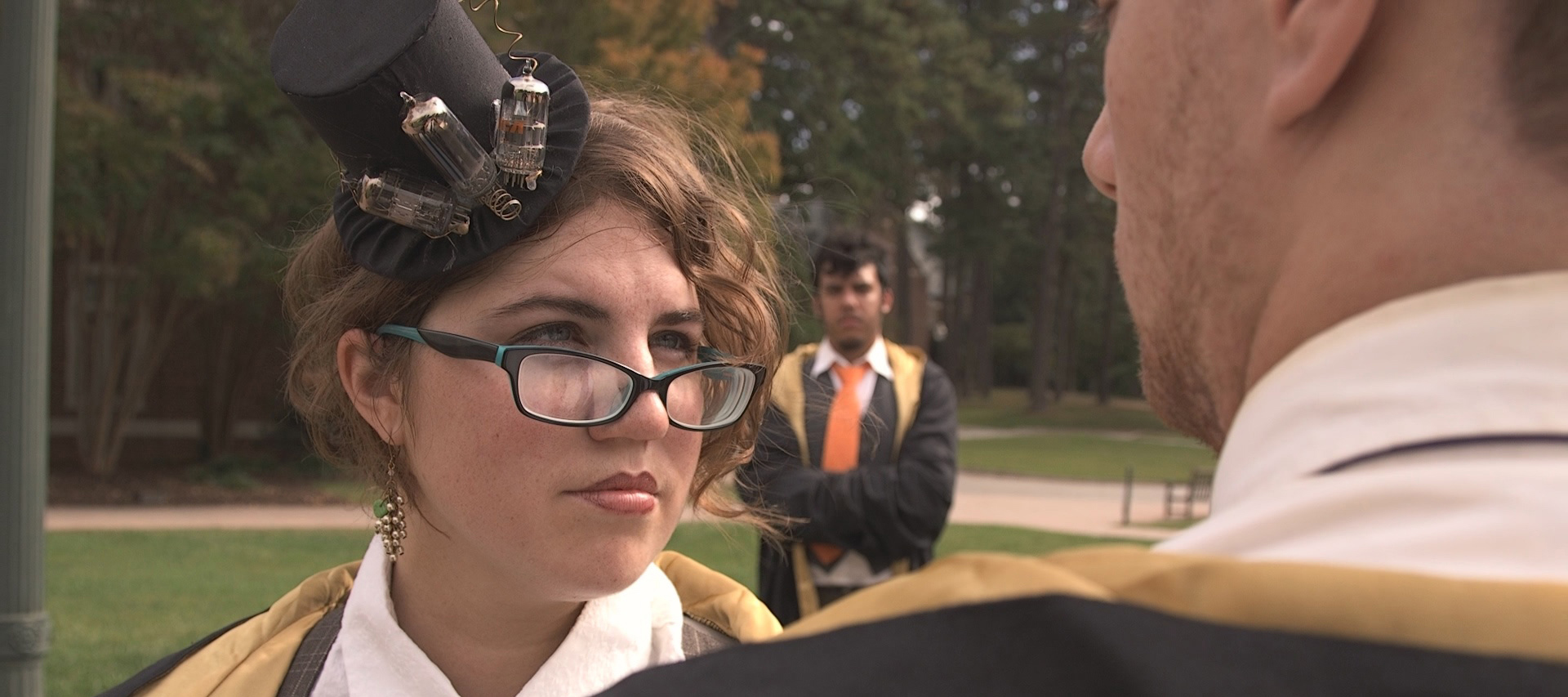
Creating Play in the Magical Classroom: Part 5
in
In this series, we have had lots of examples of what is encouraged play for professors. Here are a few examples of discouraged play. Professors sit in a position of authority and players (and characters) will be conditioned to obey them. This is good to an extent — the game needs to function and having…
-
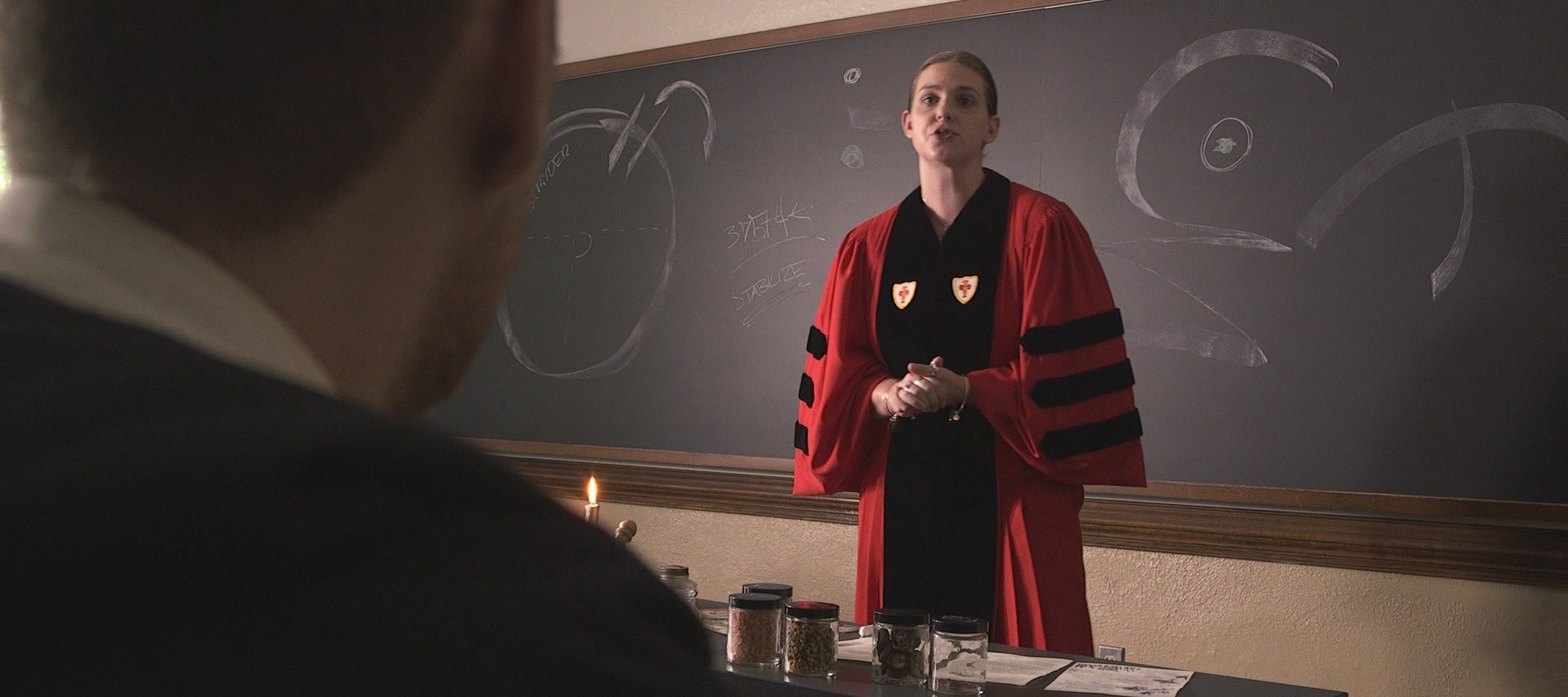
Creating Play in the Magical Classroom: Part 4
in
Magic school professors are inevitably strong characters. Whatever they are, they are to the extreme. Super wise, or bitter, or dotty, or eccentric. Actually, most of you can be eccentric, that just adds to the game.
